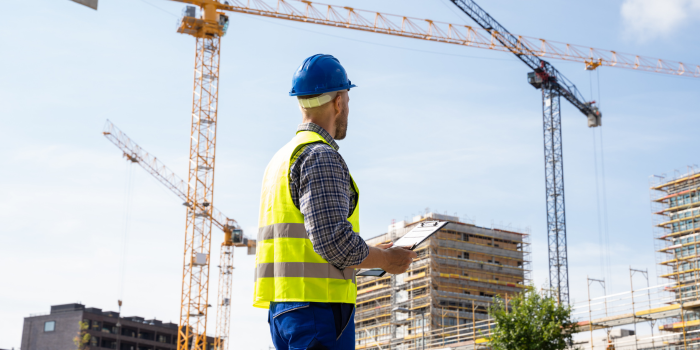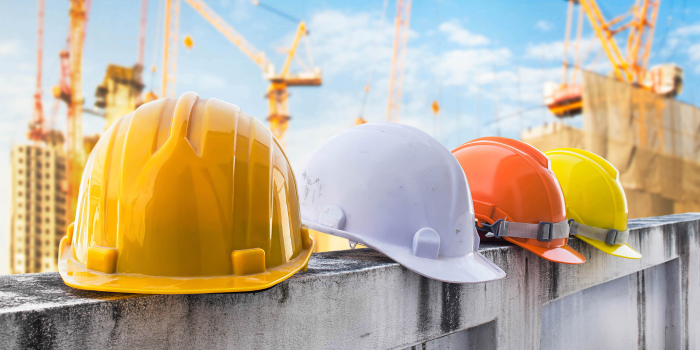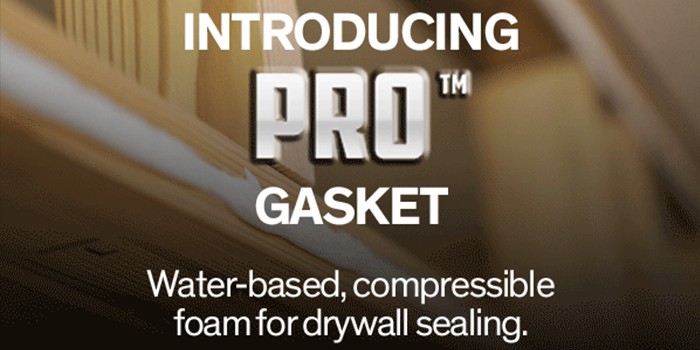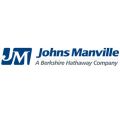Going Beyond the Standard
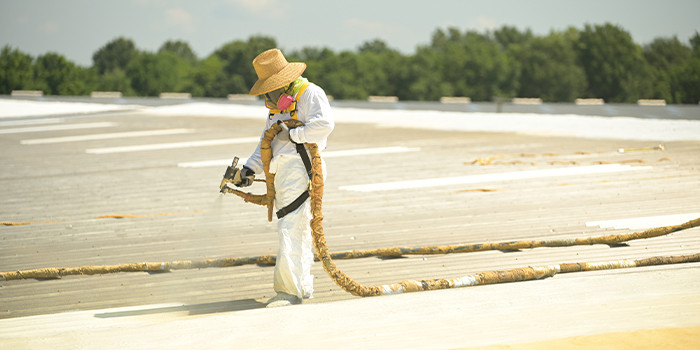

Spray Foam Magazine – Late Summer 2022 – With the pressure to produce tighter cycle times, rising material and labor costs, and worker shortages, it is easy to get caught up or in a hurry and take “risks” doing something that is not safe. I cannot tell you how many times over the years, I have been working on a job site and heard that so and so got hurt and when asked what happened they said, “I, or they, have done it many times just like this for years, but this time I, or they, were not paying attention and ended up falling and got injured.” I think that most of us would agree we find many of the accidents we hear about, unfortunately, are when a person or crew takes risks that they should not take. Statistically, commercial construction and single-home construction are the most dangerous sub-sectors, registering the highest number of deaths.
Proper systems and processes or standard operating procedures (SOP) are critical regardless of the activities being performed. For example, it is important that every roofing company has clear written, trained, and practiced SOPs concerning safety and hazard communication. It is equally imperative for applicators to participate, practice and police the protocols as set out by their companies’ safety program. Applicators should remember that safety is set up for their benefit and if any activity that is being performed is not safe STOP the activity and bring that forward to their company’s safety manager to help in finding a safe way to continue.
Valuing safety and making it an on-site priority is something we can all do a better job of. Demonstrating safety is about how we act on the job – it’s how we appear on the job; it is being a leader and encourager. To be polite, some folks just don’t know it's not safe. “Please, don’t do that! It’s not safe. Wear your PPE!” If workers witness an activity that is not safe, it is not their right but their duty to say something and try to stop it.
Instilling safety means also humanizing it. When there is an accident, someone’s son, daughter, mother, or father was injured. There are no skipping steps when it comes to safety. I consider it imperative, both internally and externally, to play a leading role in imparting safety knowledge to our contractors/installers. Regardless of where we are in the world, no matter what activity we are doing, we all need to practice proper safety every day, in every activity, and on every job site.
A Hierarchy of Safety Controls
It’s difficult with a “standard” to cover everything when it comes to safety. There are many variables when work crews go from one job to the next. One suggestion that we teach crews is to remember the hierarchy of safety controls.
Start with a walk-through and do a safety inspection to identify potential hazards. For example, it is always important to inspect the underside of a roof before climbing on it. Are there hazards that can be eliminated/removed outright? Which hazards must be substituted/replaced with a safer way of working around them? Be aware of others on site; even though they may not be part of your crew, safety is still safety. Use engineering controls to reduce exposure. Use administrative controls such as a review of the rescue plan. Do not work alone – work in two (or more) person crews. Wear proper Personal Protective Equipment (PPE) to protect yourself against exposure. The ultimate item to remember is to STOP and call your supervisor if something is not safe or not clear on how to do it safely.
At companies, like Huntsman Building Solutions, our technical service field team assists customers through training and job site support. This approach demonstrates a manufacturer’s participation in a collaborative and educational safety process with the roofing contractor. It’s important not to dictate or provide actual safety programs but to share suggestions and guidelines to consider as customers build and maintain their own.
In the end, it’s not about managing or providing another customer’s safety program, it’s about better communication to eliminate possible exposure to people who are not trained or set up with personal protective equipment and good safety practices. When safety standards are understood and embraced throughout the entire building process, from crew to end user, all customer expectations are better managed regarding safety.
To conclude, you can give yourself a safety conscience check. Note this example:
Check 1: Do you always wear eye protection? Example: sunglasses with side guards.
Check 2: Do you inspect your ladders? Are they in good working order?
Check 3: Do you check to make sure all your PPE is available and in good working order?
Disqus website name not provided.






